Religion: Spirituality and Religious Life
Rebecca Fischel Goldstein
The quintessential rebbetzin [rabbi’s wife], Rebecca Fischel Goldstein was a prime mover in her husband’s drive to build the Institutional Synagogue and make it a center of Jewish life in Harlem. As a consummate volunteer leader, she strove to make women a dominant force in organized Jewish life.

Rose (Berman) Goldstein
An early advocate of increased rights and responsibilities for women in Jewish life, Rose Goldstein was a prominent leader in the National Women’s League of the United Synagogue of America. She published a book detailing her relationship between scripture and her own self-understanding in 1972.
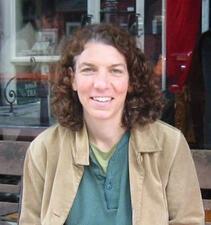
Sally Gottesman
Sally Gottesman, born 1962 in New Jersey and residing in New York, is a non-profit entrepreneur whose leadership and philanthropy have had a major impact on the Jewish feminist and justice landscape.
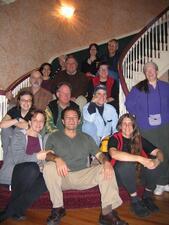
Lynn Gottlieb
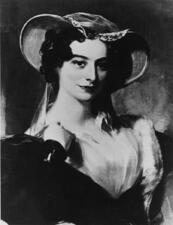
Rebecca Gratz
Richea Gratz
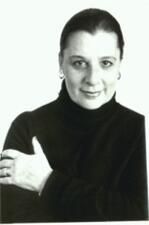
Blu Greenberg
Blu Greenberg is known as the mother of Orthodox feminism and is author of On Women and Judaism: A view from Tradition. She coined the phrase “Where there’s a rabbinic will, there’s a halakhic way,” demanding that rabbis find systemic solutions to help women who feel trapped by aspects of halakhah. Greenberg is a fierce advocate for agunot, women trapped in unwanted marriages.
Pam Grossman

Habsburg Monarchy: Nineteenth to Twentieth Centuries
Jewish women in the Habsburg Monarchy experienced the stresses and strains of nineteenth- and twentieth-century Jewish life as Jews, as women of their particular social classes, and as inhabitants of the different regions of the Monarchy. In some regions, they modernized and acculturated, but the overwhelming majority remained deeply pious, traditional Jews.
Hadassah (Spira Epstein)
Hadassah Spira Epstein was a major dance artist of the twentieth century, a performer of Jewish, Hindu, and other ethnic dance forms, and a leading force in presenting the dance of other cultures to the American public. She was a pioneer in bringing Jewish dance to the United States and was recognized as such in the first U.S. Congress on Jewish Dance held in New York City in 1949.
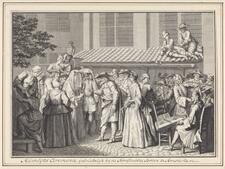
Halakhic Decisions on Family Matters in Medieval Jewish Society
Across the medieval Jewish world, rabbis used takkanot (rabbinic decrees) to address urgent needs in family life among their Jewish communities. These takkanot are key historical sources for understanding the changing roles of women in the medieval Jewish world.
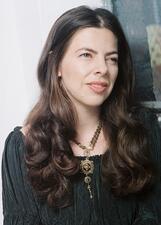
Jill Hammer
Marion Hartog
Marion Hartog and her sister Celia published influential poetry and books on Jewish themes, including works that were among the first fictions ever published by Jewish women anywhere in the world. Hartog later created and edited the first Jewish women’s periodical in history, The Jewish Sabbath Journal.
Hasidic Hebrew Fiction: Portrayal of Women
Hundreds of compilations of Hasidic literature, a genre derived from oral traditions, were published in Eastern Europe between the start of the nineteenth century and the outbreak of World War II. The image of “woman” varies in Hasidic literature according to the character in the story, its narrator, and its setting in time and place; therefore we can only refer to individual women, each on her own, and not to woman in general or women as a gender.
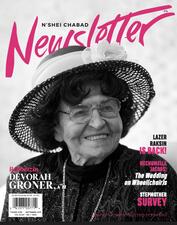
Hasidic Women in the United States
Hasidism

Haskalah Attitudes Toward Women
Just as the many well-known thinkers of the Enlightenment debated the proper role of women in society, so did the maskilim, the men of intellect who burst upon Ashkenazi Jewish society in the eighteenth- and nineteenth-century revolution known as Haskalah. Dominated by men, the movement critiqued Jewish tradition and encouraged modernity among Jews, but simultaneously met Jewish women’s pursuit of modernity with ambivalence.

Adele Bluthenthal Heiman
Bertha Beitman Herzog
Bertha Beitman Herzog was an active participant in local and national women’s associations in Cleveland, Ohio. From 1928 to 1930, Herzog served as the first woman president of the Jewish Welfare Federation (later the Jewish Community Federation) in Cleveland, and she received the Charles Eisenmann Award for outstanding community service in 1941.
Higher Education Administration in the United States
Leah Horowitz
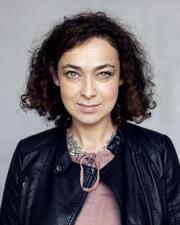
Delphine Horvilleur
Iggeret Ha-Kodesh
The Iggeret ha-Kodesh is a Kabbalistic work with contested authorship, written in the second half of the twelfth century. The work is a kabbalistic interpretation of sexual relations and its sacred spirituality between a married couple.
Inés of Herrera
Inés of Herrera was a twelve-year-old prophetess whose message of salvation appealed to the conversos of Castile at the end of the fifteenth century. The Inquisition was anxious to quickly deal with this threat, trying many girls and women as heretics as of 1500; their confessions reveal details about this movement.
Infertile Wife in Rabbinic Judaism
Only men are legally obligated to procreate, but there is disagreement over whether that obligation compels a man to divorce his wife after ten childless years. The initial infertility of the matriarchs reinforces the efficacy of prayer by demonstrating that the individual matriarchs’ suffering and supplications are what provoked a divine response.


